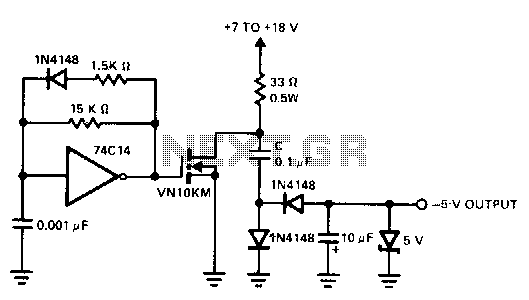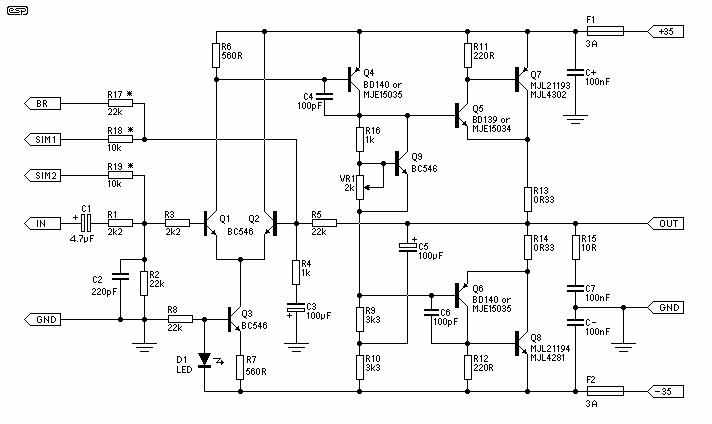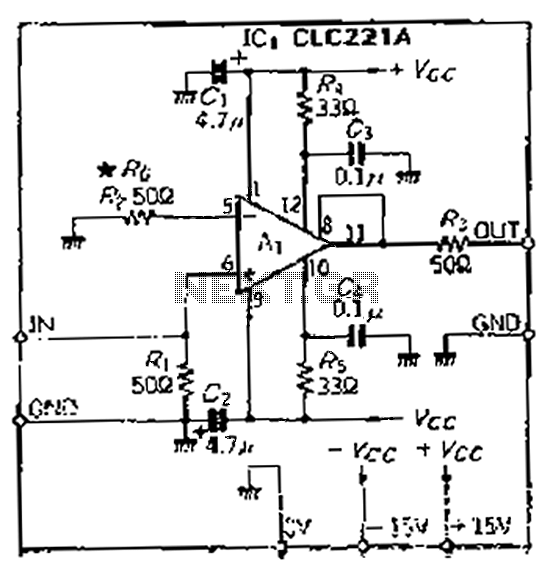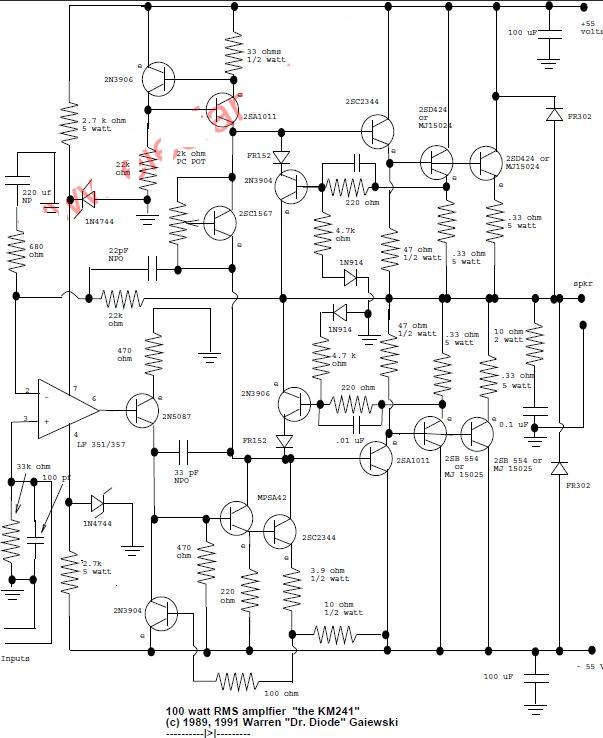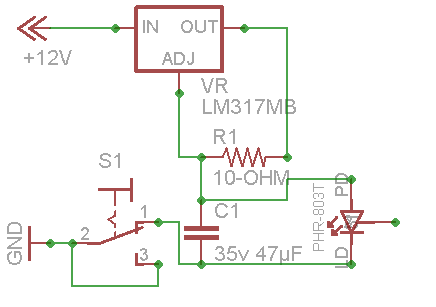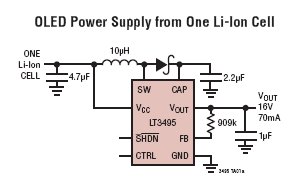
100 V output with shunt regulationl
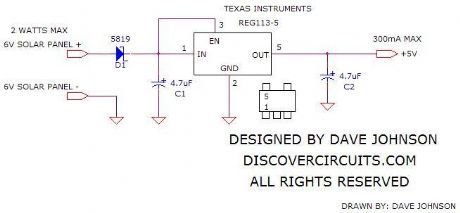
This power supply is based on the 7805 IC regulator, which provides a regulated output voltage ranging from 5 V to 15 V DC, adjustable by a preset resistor. The maximum output current of this power supply is 350 mA, sufficient for powering devices such as calculators, radios, or cassette players. An integrated circuit regulates the output voltage. The 7805 IC is typically used for a fixed voltage of 5 V DC but can be configured for variable output voltage. Additionally, there is a precision high voltage regulator circuit diagram based on the three-terminal adjustable regulator LM317L IC. This circuit requires an input voltage of at least 178 V and can provide an output voltage (Vout) between 8 V to 160 V at a current output of 25 mA. Another circuit is a split power supply that utilizes the LM380 audio power amplifier chip. This device is internally biased to hold the output midway between the supply rails without any input. Resistor R1 is initially set to mid-travel to nullify any output imbalance. The regulation of Vout depends on the circuit feeding the LM380, with negative and positive outputs tracking accurately regardless of input regulation and unbalanced loads. The free air dissipation is slightly more than 1 watt, necessitating additional cooling. The device is fully protected and will shut down if its rated dissipation is exceeded, with current limiting occurring when the output current exceeds 1.3 A. The input voltage for this split power supply should not exceed 20 V. Furthermore, a fast response power supply protection circuit is designed to safeguard the regulated power supply from undervoltage and overvoltage conditions. This circuit mitigates the risk of severe overvoltage through the load due to component failure in the power supply. The component values provided are for a 20 V supply with a regulated output at 12 V. The zener diode can be adjusted based on the desired maximum voltage. When the output voltage at the regulator reaches 13 V or higher, the zener diode breaks down, triggering a thyristor that shorts the supply line and blows the main fuse. Additionally, a variable power supply with an adjustable current limit employs the LM117 three-terminal adjustable regulator to regulate both current and voltage limits. The input range for this variable power supply is between 32 V to 40 V DC, providing outputs up to 25 V DC and currents up to 1.2 A. Diodes D2 and D3, along with transistor Q2, allow the output voltage to be adjusted down to 0 volts, while diode D1 protects the LM117 during input short circuits. Lastly, a lead-acid battery charger operates at a charging voltage of 2.4 V per cell, in accordance with manufacturer recommendations. The circuit pulses the battery under charge with 14.4 V (6 cells x 2.4 V per cell) at a frequency of 120 Hz. This lead-acid battery charger design includes current limiting to protect the internal components while preventing damage to discharged batteries. The recommended maximum charging time is approximately a quarter of the battery's ampere-hour rating. For example, the maximum charging current for a typical 44 ampere-hour battery is 11 A. If the load impedance requires a charging current exceeding 11 A, the circuit will enter current limiting mode. The amplitude of the charging pulse is controlled to maintain a maximum peak charging current of 11 A (averaging 8 A). Additionally, an adjustable voltage regulator circuit allows for output voltage variation from 7 to 20 V DC, requiring an input voltage of at least 20 V DC. The addition of an op-amp MC1741 enables adjustments to higher or intermediate values while maintaining regulation characteristics.
This comprehensive overview outlines various power supply circuits utilizing different integrated circuits (ICs) for specific applications. The 7805 IC provides a reliable method for generating low-voltage outputs suitable for small electronic devices, while the LM317L IC serves high-voltage applications, allowing for a broader voltage range. The LM380 audio amplifier circuit highlights the importance of internal biasing for stability and accuracy in output performance, particularly in audio applications. The fast response protection circuit is critical in safeguarding against overvoltage conditions, ensuring the longevity of connected components. The LM117 adjustable regulator offers flexibility in output voltage and current, making it ideal for varied applications requiring precise control. Lastly, the lead-acid battery charger emphasizes the importance of controlled charging methods to prolong battery life and prevent damage. Each circuit design incorporates essential protective features and operational parameters to meet specific electrical requirements, showcasing the versatility and functionality of modern electronic components.This power supply based 7805 IC regulator, it can provides a regulated output voltage of between 5 V to 15 VDC, it is adjusted and set by a preset resistor. Maximum output current range of this power supply is 350 mA, its enough to supply powered calculator, radio, or cassete player.
An integrated circuit regulates the output voltage and although this 7805 IC is generally applied to a fixed-voltage of 5 Vdc supply it is for a variable output voltage. (View) This is precision high voltage regulator circuit diagram based 3 terminal adjustable regulator LM317L IC.
The circuit require input voltage Vin ‰¥ 178V and can provide output voltage ( V out) between 8 V to 160 V @ 25 mA current output. (View) This split power supply circuit uses the of the popular LM380 audio power amplifier chip. The device is internally biased so that without having any input the output is held midway between the supply rails.
R1, that will be initially set to mid-travel, is used to nullify any inbalance in the output. Regulation of Vout depends upon the circuit feeding the LM380, but negative and positive outputs will track accurately irrespective of input regulation and unbalanced loads. The free air dissipation slightly more than 1 watt, and so will require extra cooling. The device is fully protected and will shut-down if its rated dissipation is exceeded. Current limiting occurs when the output current is higher than 1. 3 A. The split power supply input voltage should never exceed 20 V. (View) This Fast response power supply protection circuit is used to protect regulated power supply from the risks of undervoltage and overvoltage condition.
When working with a regulated power supply to reduce a supply voltage, there`s always the risk that component failure in the power supply may cause a severe overvoltage condition through the load. To deal with overvoltage conditions, the Fast response power supply protection circuit is designed to protect the load underovervoltage conditions.
Component values given are for a 20 V supply with regulated output at 12V. The zener diode can be changed-according to any voltage is to be the maximum. When the voltage at the regulator output goes up to 13 V or higher, the zener diode breaks down-and triggers-the thyristor which will shorts out the supply line and blows the main fuse. (View) This circuit variable power supply with adjustable current limit using three terminal adjustable regulator LM117 which is used to regulate current and the voltage limits.
Variable power supply input range is between 32 V to 40 VDC and can provide outputs up to 25 VDC and provide currents up to 1. 2 A Dioda D2 and D3 and Q2 are added to allow adjustment of output voltage to 0 volts. D1 protect both LM117 during an input short circuit (View) The Lead Acid battery charger is based at charging voltage 2.
4 V per cell, according to many manufacturers recommendations`. Pulse circuit the battery under charge with 14. 4 V (6 CEUs x2. 4 V per cell) at 120 Hz. This Lead Acid battery charger design provides current limiting to protect the internal components battery charger circuit while limiting the charging rate to prevent severe damage to discharged lead-acid batteries. The recommended maximum charging time is typically about a quarter of the value of ampere-hour battery.
For example, the maximum battery charging current to an average of 44 ampere-hour is 11 A. If the impedance of the load requires a larger charging current of 11 A current limit, the circuit will go into current limit. The amplitude of the charging pulse is controlled to maintain maximum peak charging current of 11 A (8 on average A).
(View) With adjustable voltage regulator the circuit voltage can be obtained varies from 7 to 20 VDC. This circuit requires a voltage input> = 20VDC Circuit NotesThe addition of an op amp MC1741 allows adjustment to higher or intermediate values while retaining regulation characteri
🔗 External reference
This comprehensive overview outlines various power supply circuits utilizing different integrated circuits (ICs) for specific applications. The 7805 IC provides a reliable method for generating low-voltage outputs suitable for small electronic devices, while the LM317L IC serves high-voltage applications, allowing for a broader voltage range. The LM380 audio amplifier circuit highlights the importance of internal biasing for stability and accuracy in output performance, particularly in audio applications. The fast response protection circuit is critical in safeguarding against overvoltage conditions, ensuring the longevity of connected components. The LM117 adjustable regulator offers flexibility in output voltage and current, making it ideal for varied applications requiring precise control. Lastly, the lead-acid battery charger emphasizes the importance of controlled charging methods to prolong battery life and prevent damage. Each circuit design incorporates essential protective features and operational parameters to meet specific electrical requirements, showcasing the versatility and functionality of modern electronic components.This power supply based 7805 IC regulator, it can provides a regulated output voltage of between 5 V to 15 VDC, it is adjusted and set by a preset resistor. Maximum output current range of this power supply is 350 mA, its enough to supply powered calculator, radio, or cassete player.
An integrated circuit regulates the output voltage and although this 7805 IC is generally applied to a fixed-voltage of 5 Vdc supply it is for a variable output voltage. (View) This is precision high voltage regulator circuit diagram based 3 terminal adjustable regulator LM317L IC.
The circuit require input voltage Vin ‰¥ 178V and can provide output voltage ( V out) between 8 V to 160 V @ 25 mA current output. (View) This split power supply circuit uses the of the popular LM380 audio power amplifier chip. The device is internally biased so that without having any input the output is held midway between the supply rails.
R1, that will be initially set to mid-travel, is used to nullify any inbalance in the output. Regulation of Vout depends upon the circuit feeding the LM380, but negative and positive outputs will track accurately irrespective of input regulation and unbalanced loads. The free air dissipation slightly more than 1 watt, and so will require extra cooling. The device is fully protected and will shut-down if its rated dissipation is exceeded. Current limiting occurs when the output current is higher than 1. 3 A. The split power supply input voltage should never exceed 20 V. (View) This Fast response power supply protection circuit is used to protect regulated power supply from the risks of undervoltage and overvoltage condition.
When working with a regulated power supply to reduce a supply voltage, there`s always the risk that component failure in the power supply may cause a severe overvoltage condition through the load. To deal with overvoltage conditions, the Fast response power supply protection circuit is designed to protect the load underovervoltage conditions.
Component values given are for a 20 V supply with regulated output at 12V. The zener diode can be changed-according to any voltage is to be the maximum. When the voltage at the regulator output goes up to 13 V or higher, the zener diode breaks down-and triggers-the thyristor which will shorts out the supply line and blows the main fuse. (View) This circuit variable power supply with adjustable current limit using three terminal adjustable regulator LM117 which is used to regulate current and the voltage limits.
Variable power supply input range is between 32 V to 40 VDC and can provide outputs up to 25 VDC and provide currents up to 1. 2 A Dioda D2 and D3 and Q2 are added to allow adjustment of output voltage to 0 volts. D1 protect both LM117 during an input short circuit (View) The Lead Acid battery charger is based at charging voltage 2.
4 V per cell, according to many manufacturers recommendations`. Pulse circuit the battery under charge with 14. 4 V (6 CEUs x2. 4 V per cell) at 120 Hz. This Lead Acid battery charger design provides current limiting to protect the internal components battery charger circuit while limiting the charging rate to prevent severe damage to discharged lead-acid batteries. The recommended maximum charging time is typically about a quarter of the value of ampere-hour battery.
For example, the maximum battery charging current to an average of 44 ampere-hour is 11 A. If the impedance of the load requires a larger charging current of 11 A current limit, the circuit will go into current limit. The amplitude of the charging pulse is controlled to maintain maximum peak charging current of 11 A (8 on average A).
(View) With adjustable voltage regulator the circuit voltage can be obtained varies from 7 to 20 VDC. This circuit requires a voltage input> = 20VDC Circuit NotesThe addition of an op amp MC1741 allows adjustment to higher or intermediate values while retaining regulation characteri
🔗 External reference
